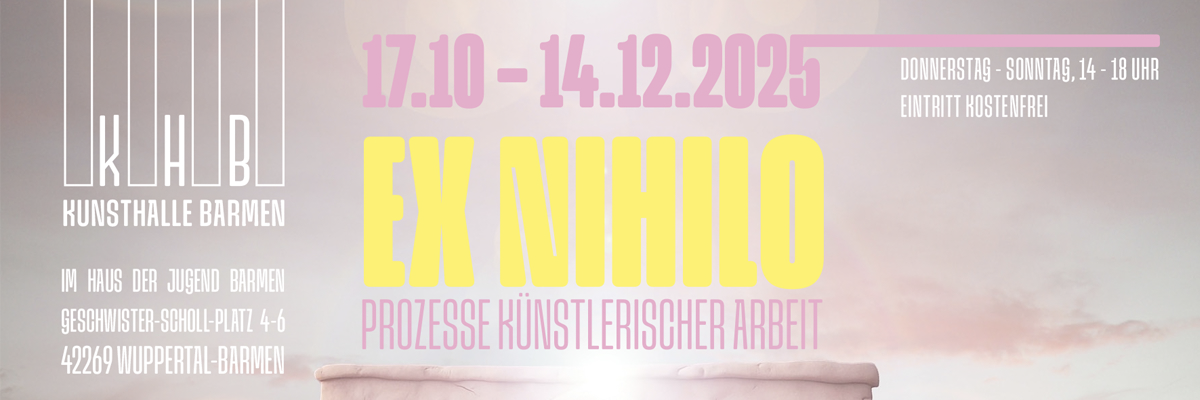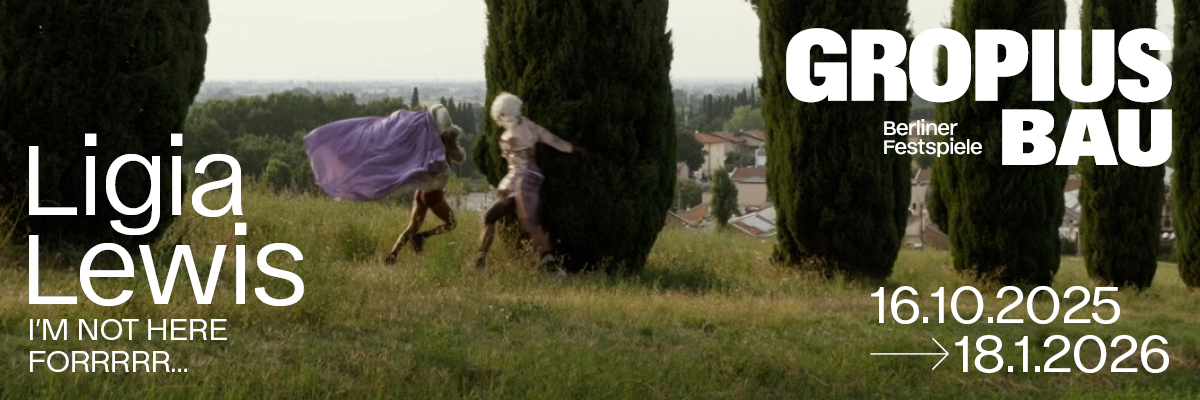
Michalina Bigaj, Hannah Sophie Dunkelberg, Agata Ingarden, Lito Kattou, Magdalena Lazar, Lucia Leuci, Markéta Magidová, Ola Nenko, Emma Passera, Ala Savashevich, Weronika Wysocka
Soft Smiths. Contemporary Women’s* Metalwork
Project Info
- 💙 Center of Polish Sculpture
- 💚 Michalina Sablik, Magdalena Lazar
- 🖤 Michalina Bigaj, Hannah Sophie Dunkelberg, Agata Ingarden, Lito Kattou, Magdalena Lazar, Lucia Leuci, Markéta Magidová, Ola Nenko, Emma Passera, Ala Savashevich, Weronika Wysocka
- 💜 Michalina Sablik, Magdalena Lazar
- 💛 Jacek Kucharczyk
Share on
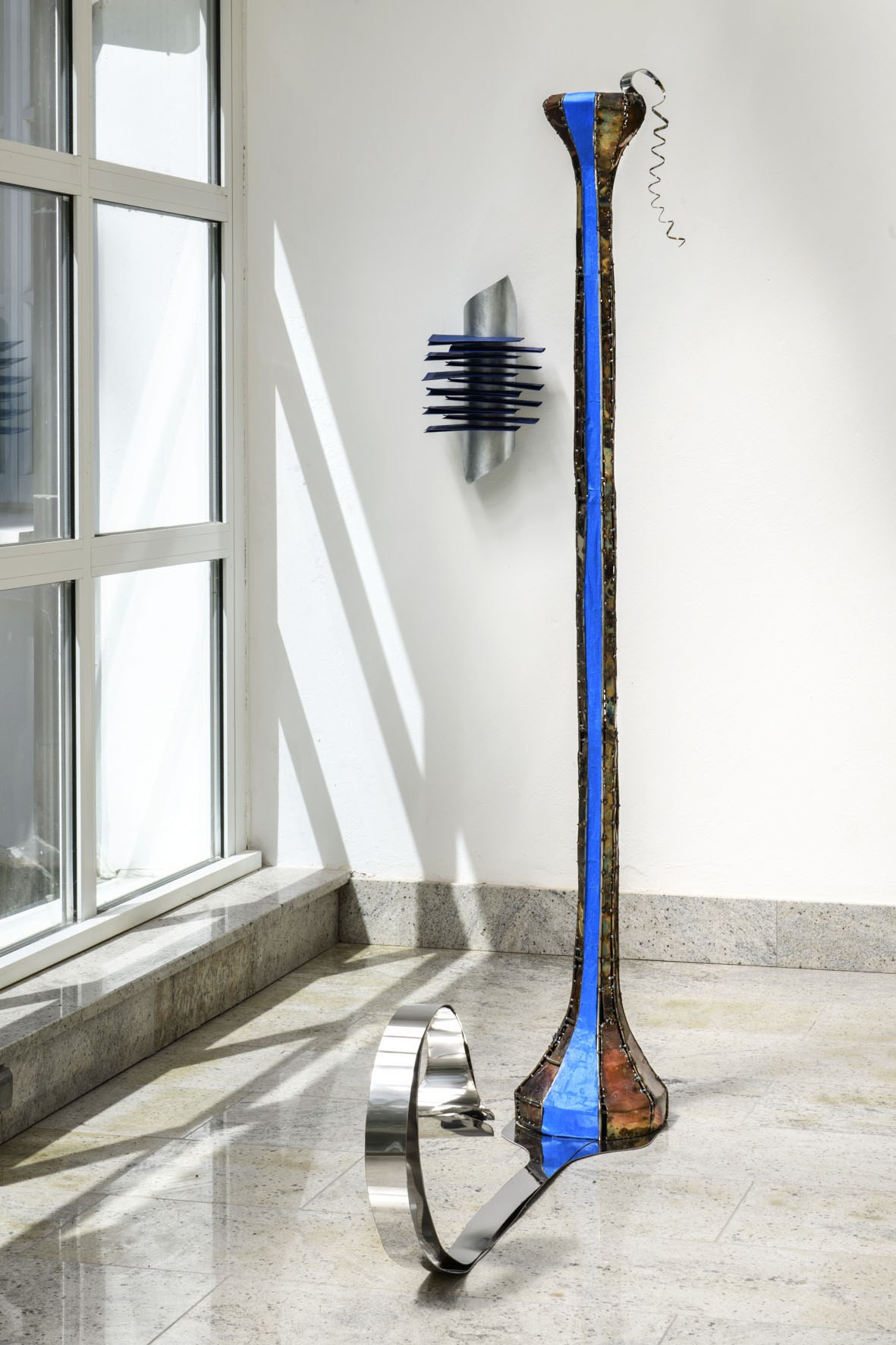
Weronika Wysocka, Phenomena, 2025
Advertisement
Weronika Wysocka, Phenomena, 2025, detail
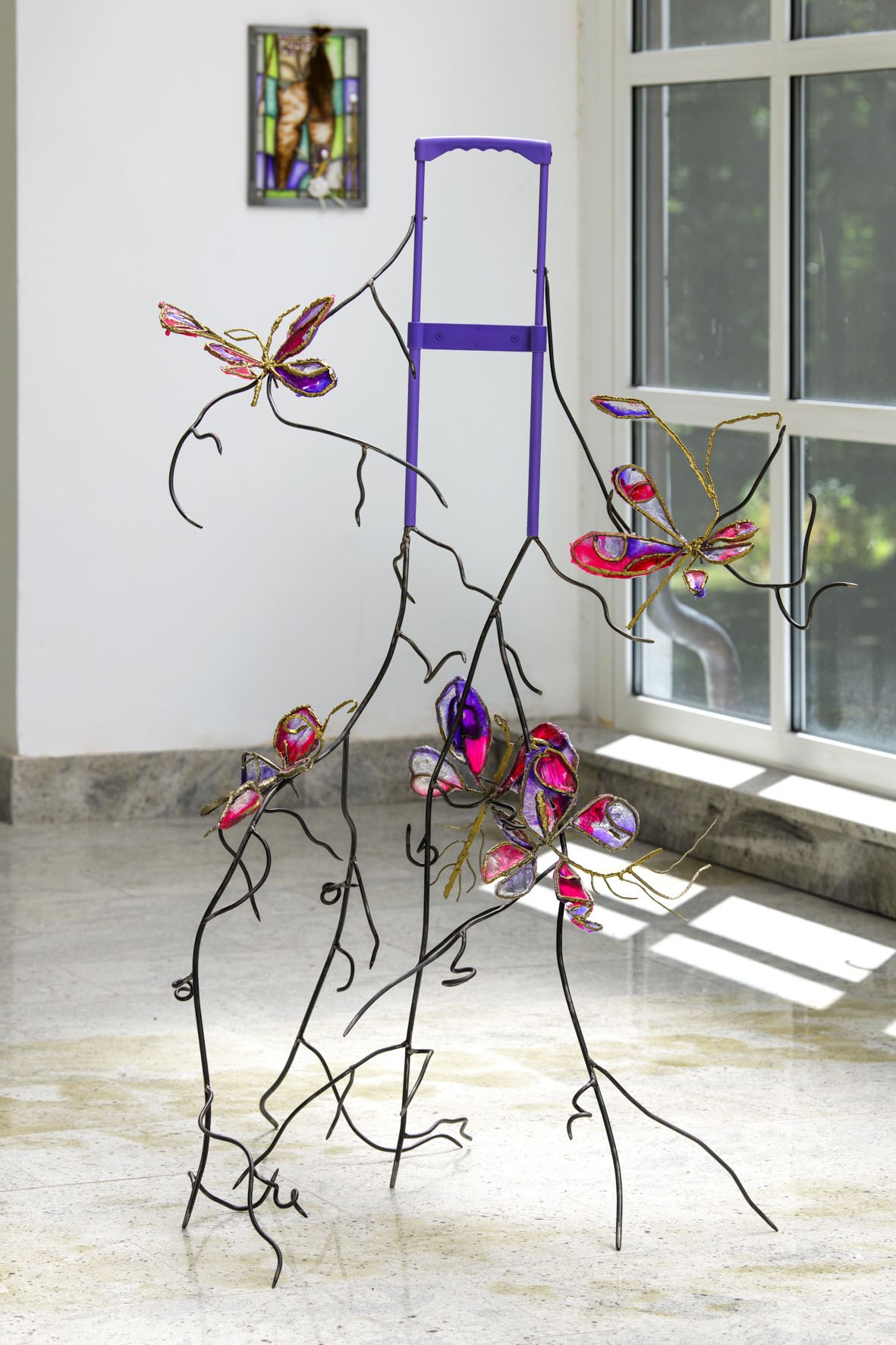
Lucia Leuci, Le cinque Camille (Gynandromorphic trolley), 2022
Lucia Leuci, Le cinque Camille (Gynandromorphic trolley), 2022, detail
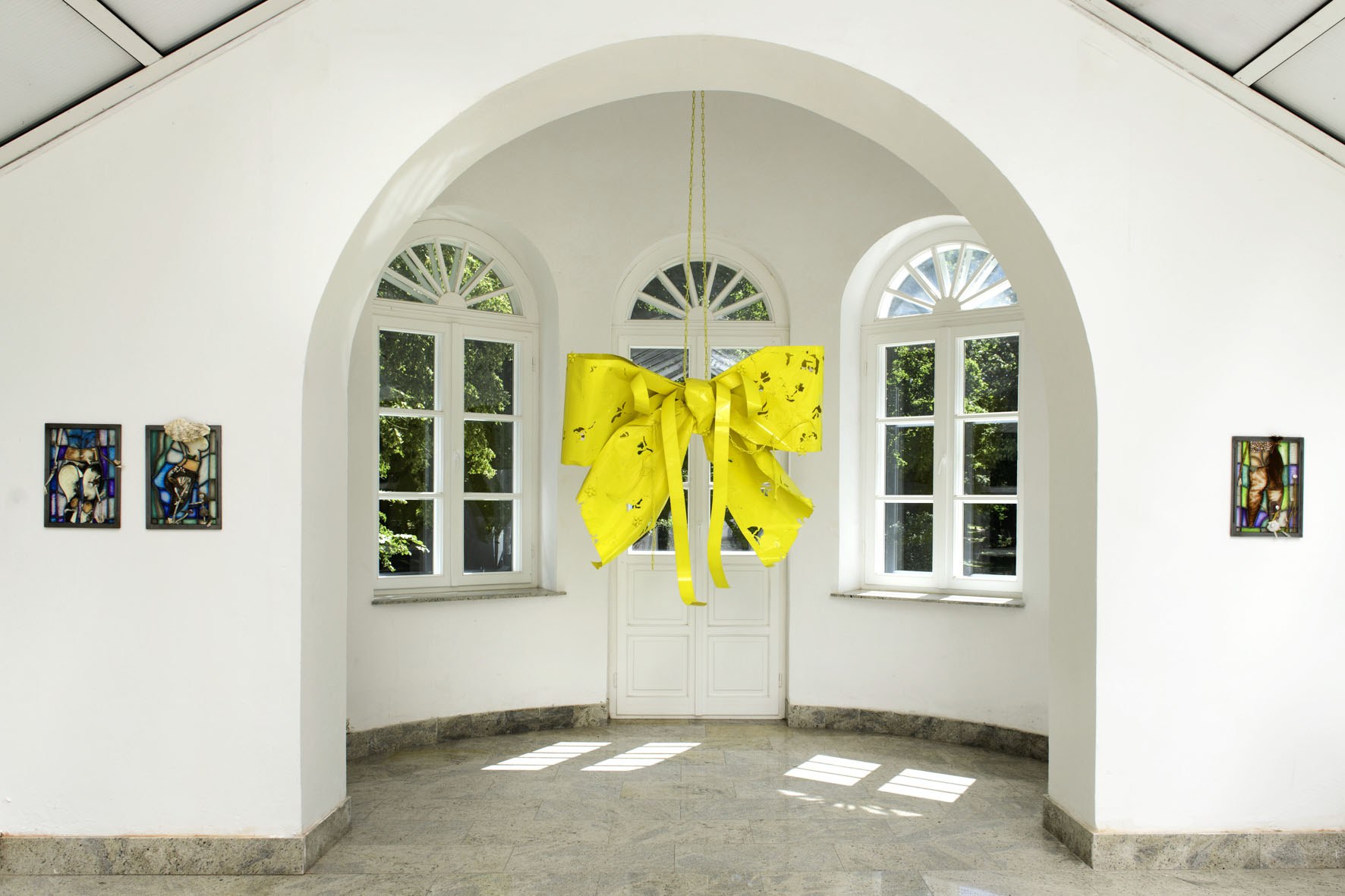
Exhibition view Soft Smiths. Contemporary women's* metalwork, center: Hannah Sophie Dunkelberg, Spitze, 2023; on the wall from the left: Lucia Leuci
Hannah Sophie Dunkelberg, Spitze, 2023
Lucia Leuci, Bouquet eterno (Forma unica della continuità in corso Buenos Aires), 2022; Bouquet eterno (Paesaggio urbano con Huggy Wuggy), 2022
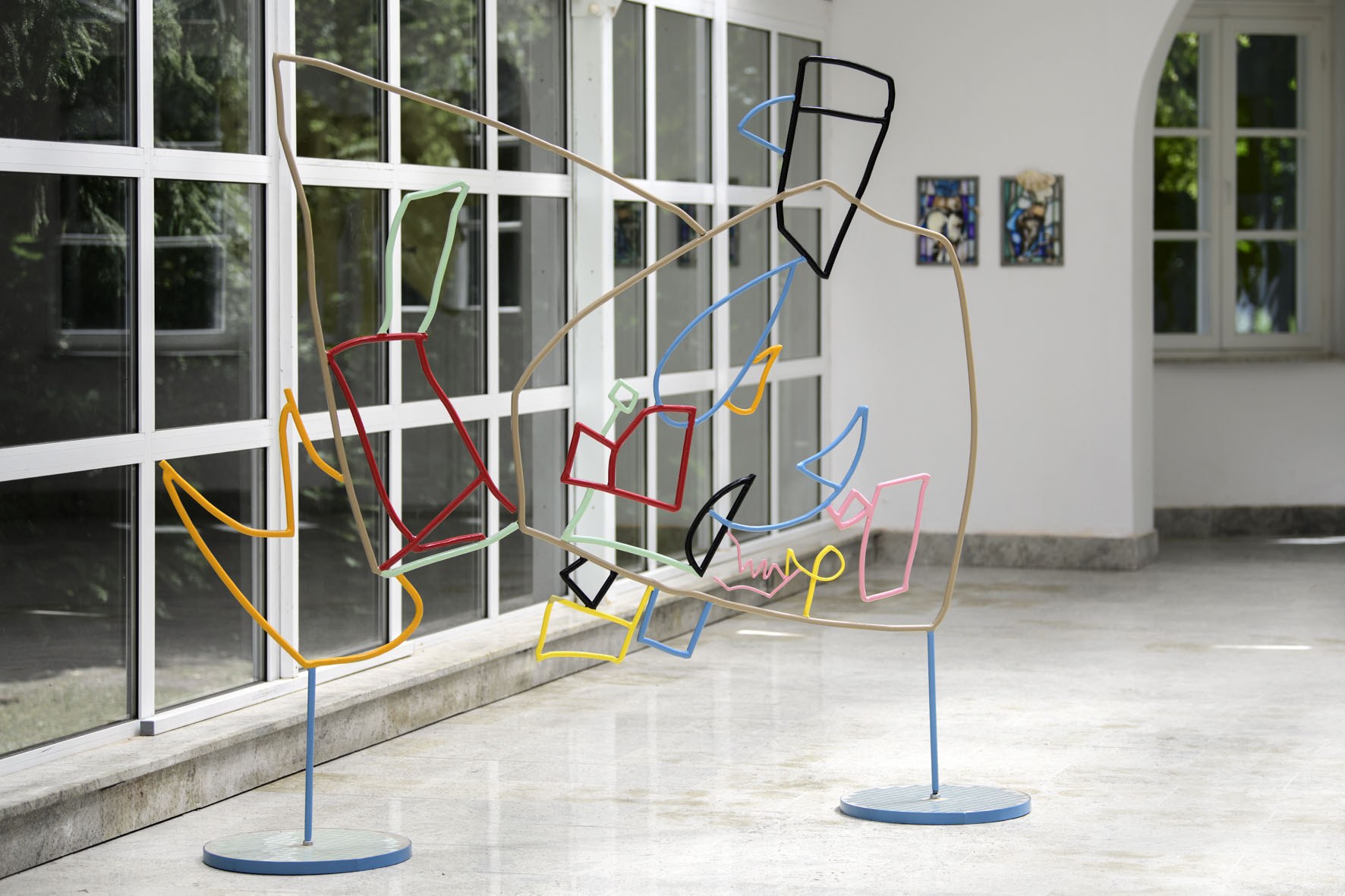
Markéta Magidová, Scribbles, 2023
Exhibition view Soft Smiths. Contemporary women's* metalwork, foreground: Markéta Magidová, Scribbles, 2023
Agata Ingarden, Venus, 2019 / 2025
Exhibition view Soft Smiths. Contemporary women's* metalwork, foreground: Michalina Bigaj, 7–31.01.2025 from the series When It Comes to Serious Scientists, Opinions Are Highly Divided, 2025
Exhibition view Soft Smiths. Contemporary women's* metalwork, foreground: Michalina Bigaj, 7–31.01.2025 from the series When It Comes to Serious Scientists, Opinions Are Highly Divided, 2025
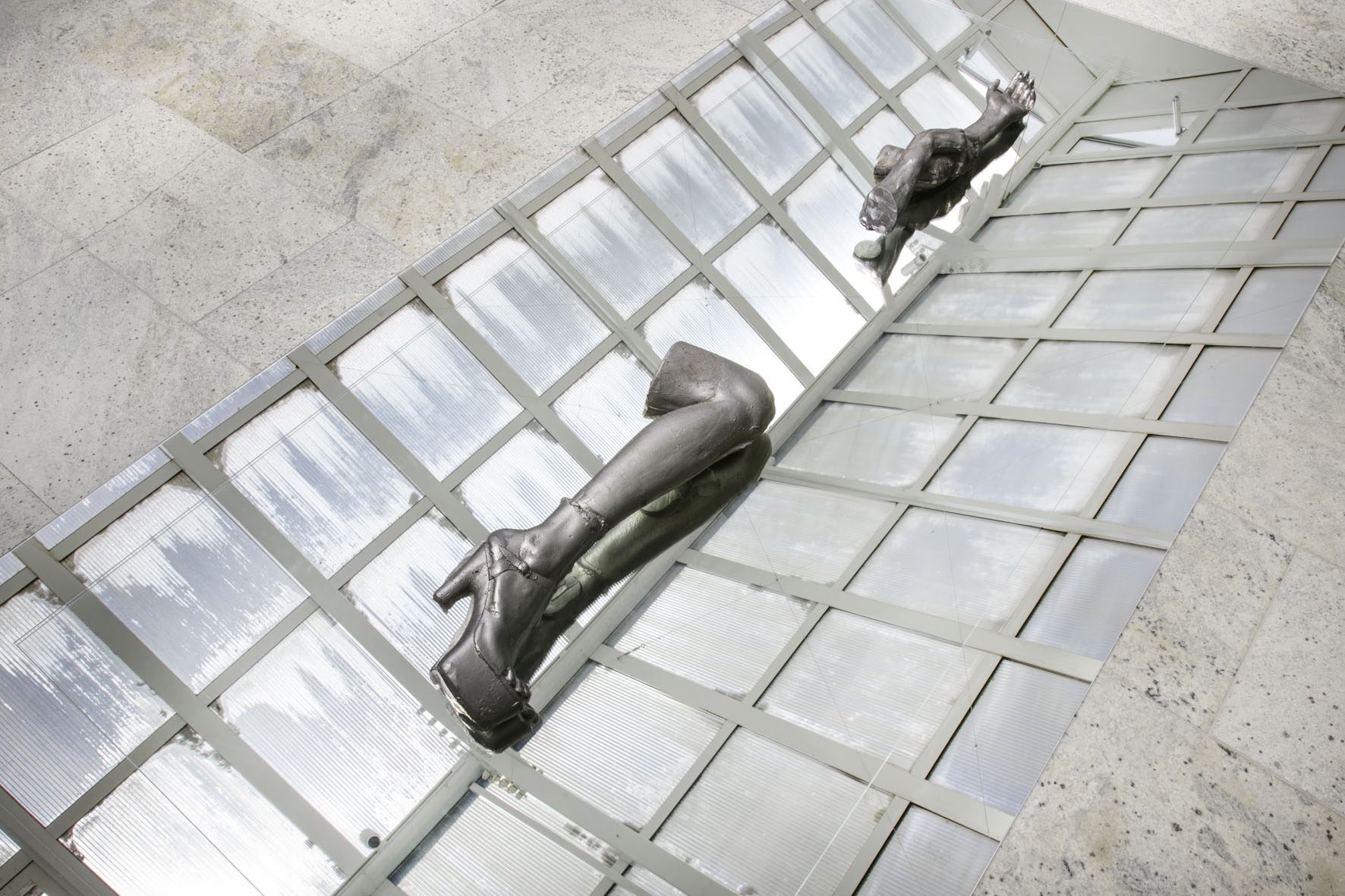
Emma Passera, 7 Days Without You, 2024
Emma Passera, 7 Days Without You, 2024, detail
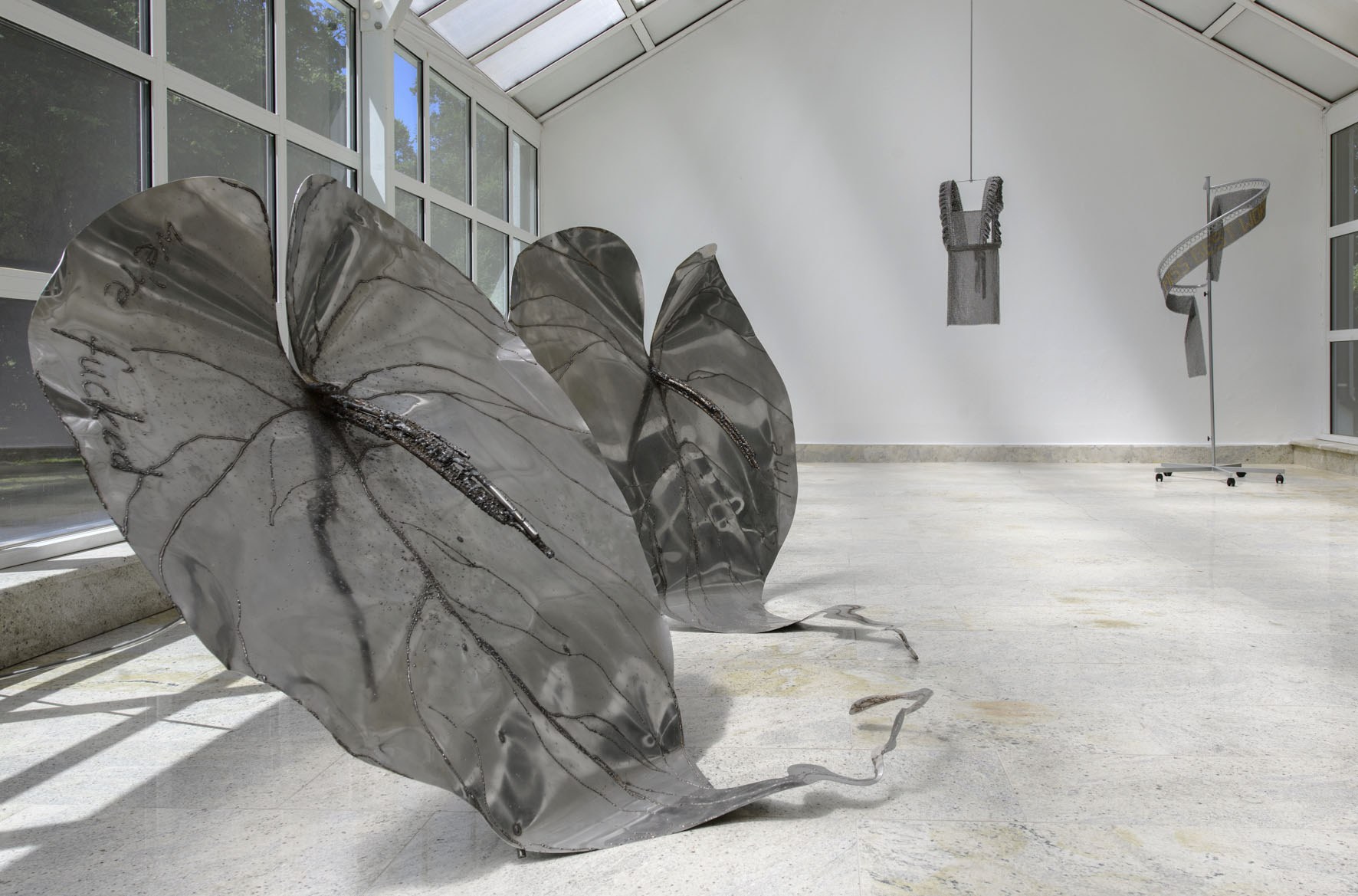
Magdalena Lazar, Hey, Hi, Hello, Yo, What’s Up, 2024
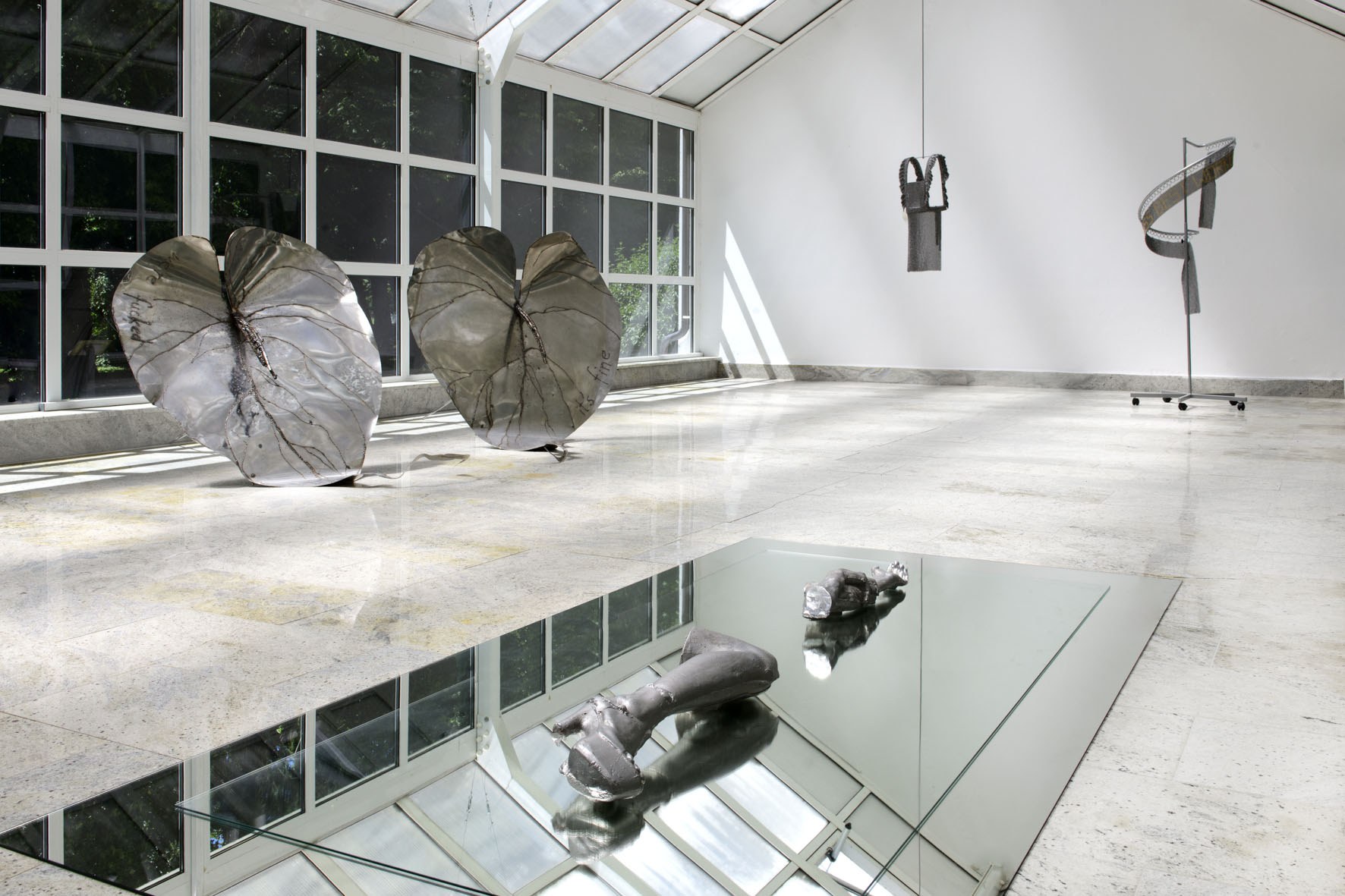
Exhibition view Soft Smiths. Contemporary women's* metalwork
Ola Nenko, Monster Munch, 2025
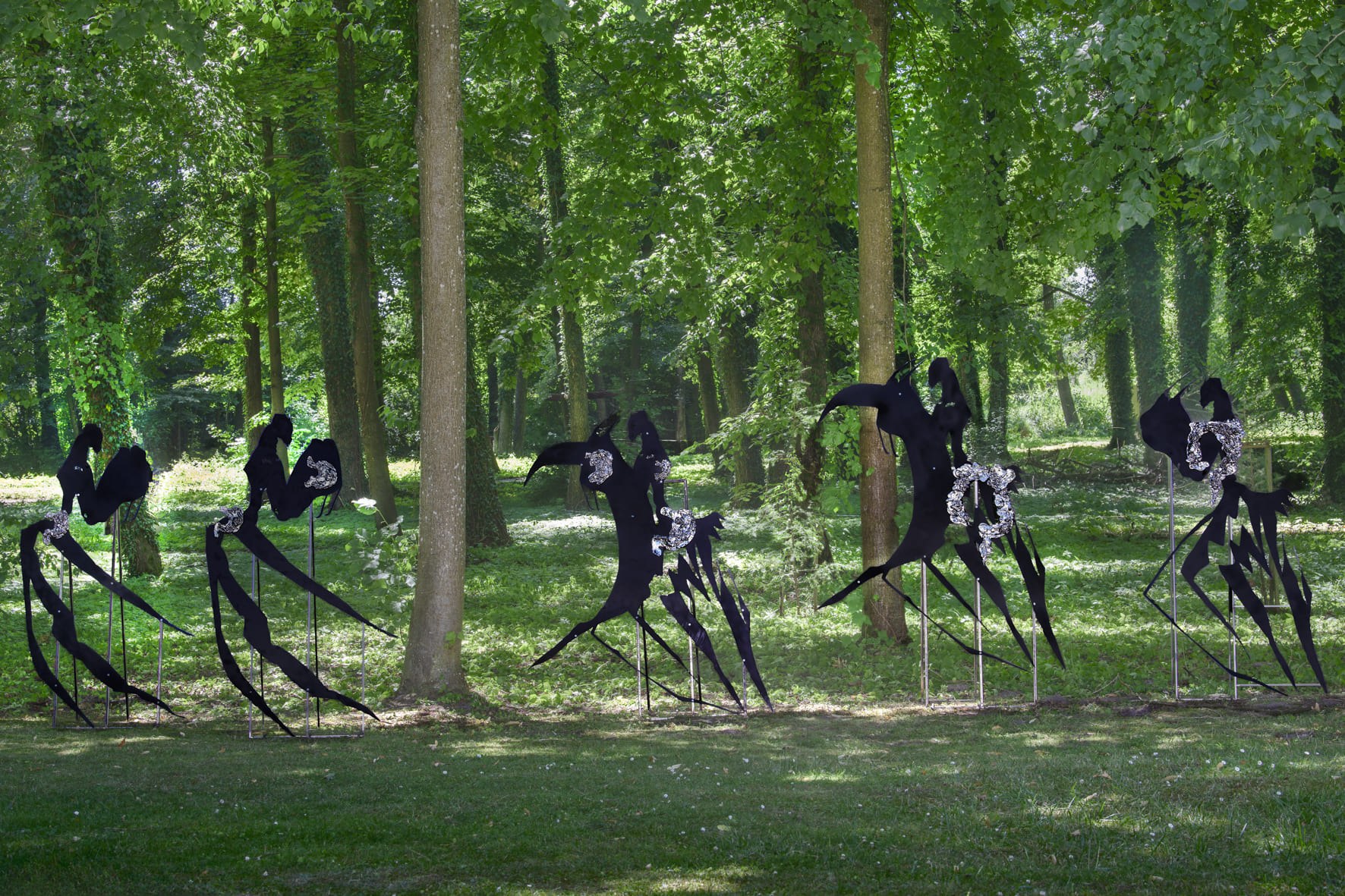
Lito Kattou, Mantis I, II, III, IV, V, 2021
Slavic beliefs assumed the existence of many gods, but none of them would exist without the god of the sun, fire and metallurgy, Svarog. He is sometimes compared to Mercury of the Romans, or the Hermes of the Greeks. He controlled all the deities during sleep, and his power was almost unlimited. Svarog was the patron of blacksmiths, who prided themselves on playing an important role in their communities, creating metal tools, fittings, keys, horseshoes, and in times of war also weapons and ammunition. They were credited with possessing secret, alchemical knowledge, which is why not everyone was allowed into this profession, and women were excluded entirely.
After centuries of oppression, women decided to rebel against the patriarchal power of Svarog. They began by taking over the forges and the machines. They called themselves blacksmiths and welders; strong women wielding fire and liquid metal. Today, in smoky forges and pristine workshops, they heat the ore to red-hot, then flatten, bend, forge, or cut the bars. They weld the surface of steel or cast aluminum. They pound with heavy hammers and harden the finished shapes in cold water. Dressed in aprons, protective gloves, and visors, they create metal sculptures and installations. Fire and physical craft work give them a sense of agency, emancipation, and strength. We women blacksmiths, young and old alike, have brought to life new goddesses—Svarogi, who from this time onwards will watch over every tool or weapon leaving the forge so that they are used for a good purpose.
The exhibition Svarogi presents eleven contemporary women artists from Poland and Europe involved in metalwork. These are artists fully engaged in the creative process and the development of artisan skills. They seek to tame that which has been considered dangerous for centuries. They weld and liquefy metal, cut steel with laser and plasma, joining it together cold and hot. They adopt techniques that in the history of art were used to create monuments to great people (men), commemorate wars, and represent the glory of a nation, but also to create large buildings, bridges, ships, i.e. symbols of colonial power, industrial growth, and technological progress. Today, the female artists are using traditional techniques to demystify and destabilize historical narratives. They have introduced new topics, sensibilities and poetics into the frozen metalwork.
Michalina Sablik, Magdalena Lazar

